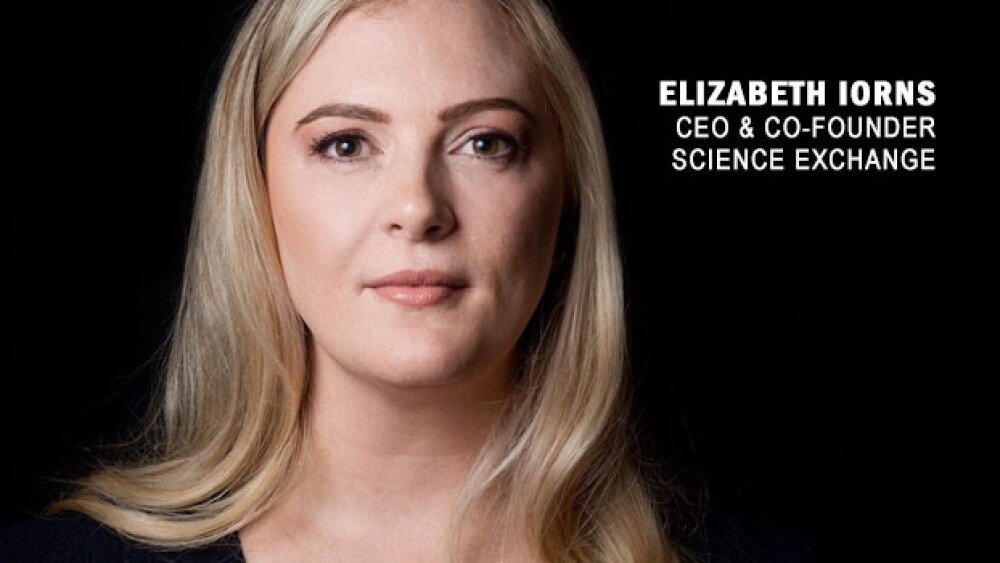Significant risk remains for companies that cannot move quickly enough to positively impact R&D productivity and for those that encounter challenges in accessing technology and expertise that likely lie outside their organization.
This opinion piece presents the opinions of the author. It does not necessarily reflect the views of BioSpace.
The biopharma industry is perceived to be at a turning point, where companies have the opportunity to meaningfully adapt their innovation strategy and take advantage of major technological advances and new therapeutic modalities. The processes used to implement these innovative technologies will play a significant role in driving their impact on both patients and the bottom line.
Below are select trends related to innovation strategy that are poised to shape the industry in 2018:
1. Improving R&D productivity continues to be a focus for the biopharma industry. According to a recent analysis in Endpoints News, the average internal rate of return (IRR) in 2017 is already below the cost of capital. This trend is critical for the industry to address, especially as companies pursue new technologies and new therapeutic modalities while also responding to pricing controversies.
2. Innovation strategy will depend upon accessing expertise from new networks. Harnessing innovation from biotech and academia is highly competitive. An often-overlooked source of expertise is the contract research organization (CRO) sector, which now employs more scientists than biopharma and is exposed to diverse challenges across their client base, giving CROs insights into opportunities to innovate. R&D procurement teams often manage CRO relationships and can shape innovation strategy. Most procurement professionals seek supplier-led innovation, but broader organizational support could help achieve this goal – only 25 percent of procurement leaders report having a process in place for evaluating supplier innovation, and only 33 percent agree that their organization systematically implemented suppliers’ innovations.
This is an area ripe for impact – sourcing innovation from CRO partners, in addition to a BD strategy focused on in-licensing, partnering and acquisitions, could generate outsized returns for biopharma companies.
3. IT security and Privacy Shield Framework certification strategies for interacting with external research partners have to be prioritized, given recent breaches and the upcoming May 2018 deadline for compliance with the General Data Protection Regulation (GDPR). R&D organizations should be concerned at the low rate of CRO Privacy Shield-certification. As of mid-January 2018, only six out of 50 top CROs are Privacy Shield Framework-certified, and thousands of smaller CROs representing the long tail of partners for biopharma companies are not certified. Sponsors interacting with these partners risk GDPR non-compliance and associated fines (up to 4 percent of revenue).
As of mid-2017, only 25 percent of surveyed pharmaceutical companies reported having invested dedicated resources to prepare for GDPR enforcement. To avoid disruption of internal and external R&D programs, companies will have to mitigate this risk quickly to avoid non-compliance in 2018.
4. The war for talent will intensify, with biopharma losing top leadership and expertise to biotech companies and CROs, particularly as pharma companies move sites to co-localize with biotech hubs. While large biopharma companies are examining employee retention strategies, they are also nurturing relationships with expert CROs to retain access to this talent pool. To maximize the strength of these relationships, sponsors and CROs must work together to set clearer KPIs and pursue a “fail fast, learn fast” culture, likely with the assistance of improved business analytics and technology partners.
Innovation for success
There’s no doubt that 2018 is shaping up to be a year of great opportunity for our industry – for example, big data has already begun to impact drug discovery and development, as discussed at the JPM conference Biotech Showcase. However, significant risk remains for companies that cannot move quickly enough to positively impact R&D productivity and for those that encounter challenges in accessing technology and expertise that likely lie outside their organization.
Those companies that can identify and successfully integrate emerging technologies quickly will be best positioned to drive scientific discovery and deliver patient impact in a sustainably productive R&D operating model.
Elizabeth Iorns, Ph.D., is the CEO and co-founder of Science Exchange, co-director of the Reproducibility Initiative, and part-time partner at Y Combinator. Science Exchange accelerates scientific discovery by enabling instant connections to the world’s best R&D facilities through a marketplace of pre-qualified and pre-contracted scientific service providers. Today, Science Exchange serves the world’s top biotech and pharmaceutical companies. Prior to launching Science Exchange in 2011, Dr. Iorns investigated breast cancer development and progression as an assistant professor at University of Miami’s Miller School of Medicine. She also serves on the board of directors for the Drug, Chemical & Associated Technologies Association.





